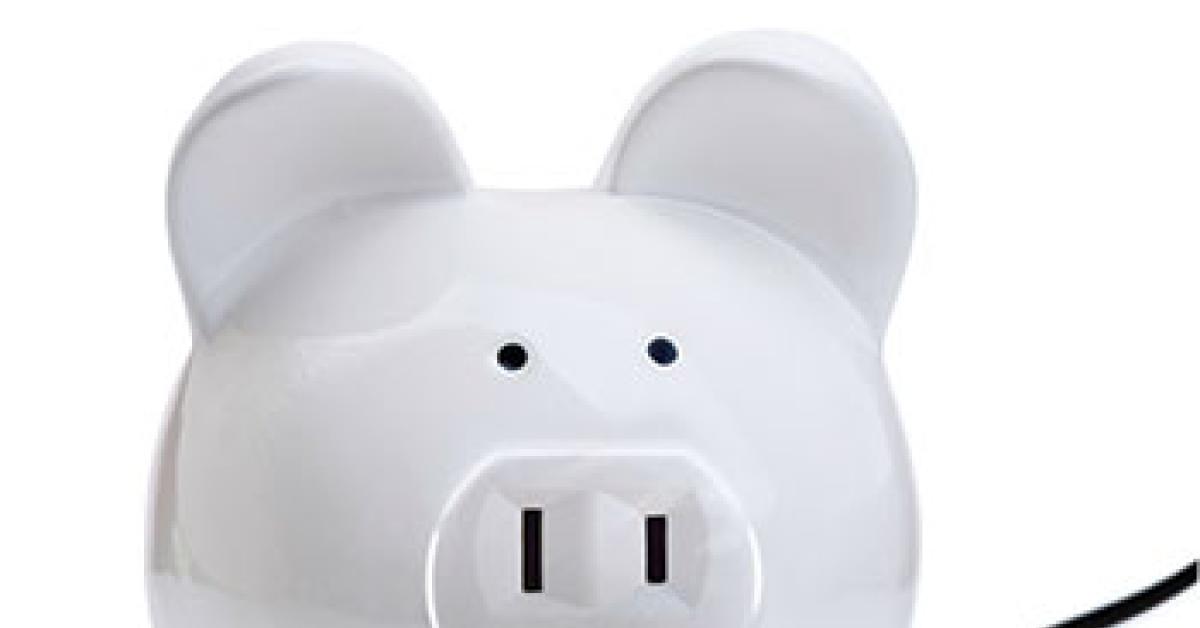CHICAGO — In today’s competitive business environment, it makes sense that every dry cleaning plant operator is seeking ways to increase profit. But one can increase prices only so much. And with any potential labor savings having generally been rung out of most plants, operators must find other ways. Simultaneously, environmental impact is a major concern.
One of the areas in which to save, yet one that is often overlooked or glossed over, is the high cost of energy: electricity, heat and water. Hence, prudent dry cleaning plant operators are, or at least should be, having a critical look at this expense and seeking ways to reduce this financial drain.
Best of all, energy costs are among the expenses that can be reduced without negatively affecting product quality or staff productivity. The direct cost of energy generally represents about 6% to 18% of total operating expenses. For those who also have an attached coin laundry, it consumes between 15% and 20% of revenue. Both depend on which part of the country you are in and your plant’s efficiency.
It is a given that every year, in every locale of the country, energy is becoming more expensive. And there is no indication that it will ever be reduced or even level off. The Minnesota Technical Assistance Program indicates that, with rising energy prices, utility bills could soon reach 25% of total operating expenses. The bottom line: unless rectified, in the future, energy will consume a still larger share of income and profit. By implementing energy-efficient operations and maintenance strategies, substantial savings can be achieved.
The best way to obtain these expense reductions is to implement a pre-planned assessment (a.k.a. audit) of the energy consumers in your dry cleaning plant. Much of this you can do yourself. For those systems and equipment items that could prove more difficult to assess, most utility companies are more than willing to assist, usually at little or no cost to you.
FINDING THE LOSSES
Dry cleaning is an energy-intensive operation. By keeping your equipment and systems efficient, you can both save money and protect the environment. An energy use assessment (a.k.a. audit) is a comprehensive evaluation of the performance of the plant’s energy-consuming equipment, systems and procedures. It particularly seeks to establish where energy is being wasted and money frittered away.
Establishing where some of the losses are occurring will be straightforward and obvious. Finding others will require a more in-depth examination and perhaps expert assistance. The data can then be compared to the industry’s optimum performance levels. This is the basic yardstick for what you are using correlated with what should or could be. It also provides the benchmark against which energy cost savings can be measured and could be vital to your plant’s financial performance. Many dry cleaning plant operators have found an assessment to be revealing as to where the deficiencies lie and to discover economical rectification methods to reduce energy consumption.
The starting point of any such review is to compare your energy consumption volumes with what they should be. Analyze your utility bills for at least the past year, but preferably the last two or three. Record current and historic rate structures, demand and consumption amounts and other charges. Check for abnormal variations, and look particularly for excessive billings. Factor out rate increases that are caused by inflation; use constant dollars.
Next, check your maintenance program—if you have one—to ensure that it is in line with today’s needs, and that all equipment and systems are being used in accordance with the manufacturer’s instructions and your own loads.
Budget for and make upgrades and corrections as required. Incorporate rejuvenation, repair and, where necessary, replacement of specific units. Calculate what you are now paying per unit, what you probably will be paying after the upgrading or replacement is completed, and the payback period (the time during which you will recoup your capital investment by the reduction in utilities cost). Ensure that what you are about to do will be cost-effective.
Madison Gas and Electric of Madison, Wis., has developed an extensive checklist for this express purpose. This and related statistical analysis are available online at no cost. Visit the MGE website and look up Managing Energy Costs in Small Commercial Dry Cleaners and scroll down to “Quick Fixes.”
The states of Minnesota, Ohio, California, and probably several others have done extensive studies on this topic, which they are pleased to share.
BUYING NEW EQUIPMENT
Modernizing equipment, with its cost-saving features, utility and higher efficiency, could substantially reduce energy consumption and, probably, labor costs. All manufacturers will advertise and give you a sales pitch on the many reasons why you should purchase their products. But, due to the high initial capital outlay or lease cost, it may not be cost-effective for some owners to replace outdated equipment with the very latest if they are considering selling or opting out in the near future.
Over the longer haul, patching up the old could be a “loser” while replacing obsolete pieces with new ones could be a wise investment. Still, with some operators, the economics are not there. The numbers are marginal for others, and some think that the results are not worth the effort and capital outlay. Required is a hard look-see at balancing the projected energy savings of any new equipment against the initial cost and the payback period. It is always nice to have some new presses, perhaps the latest in dry cleaning machines, and certainly one of those high-output, gas-saving boilers. Yet, do you really need them, and are they wise investments? If you are thinking of selling out in the next few years, consider what this new equipment will add to the market value of your dry cleaning plant.
Check back tomorrow for the conclusion!
Have a question or comment? E-mail our editor Dave Davis at [email protected].
